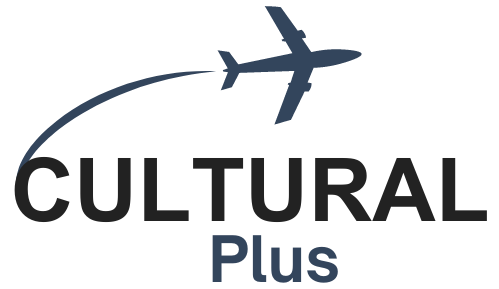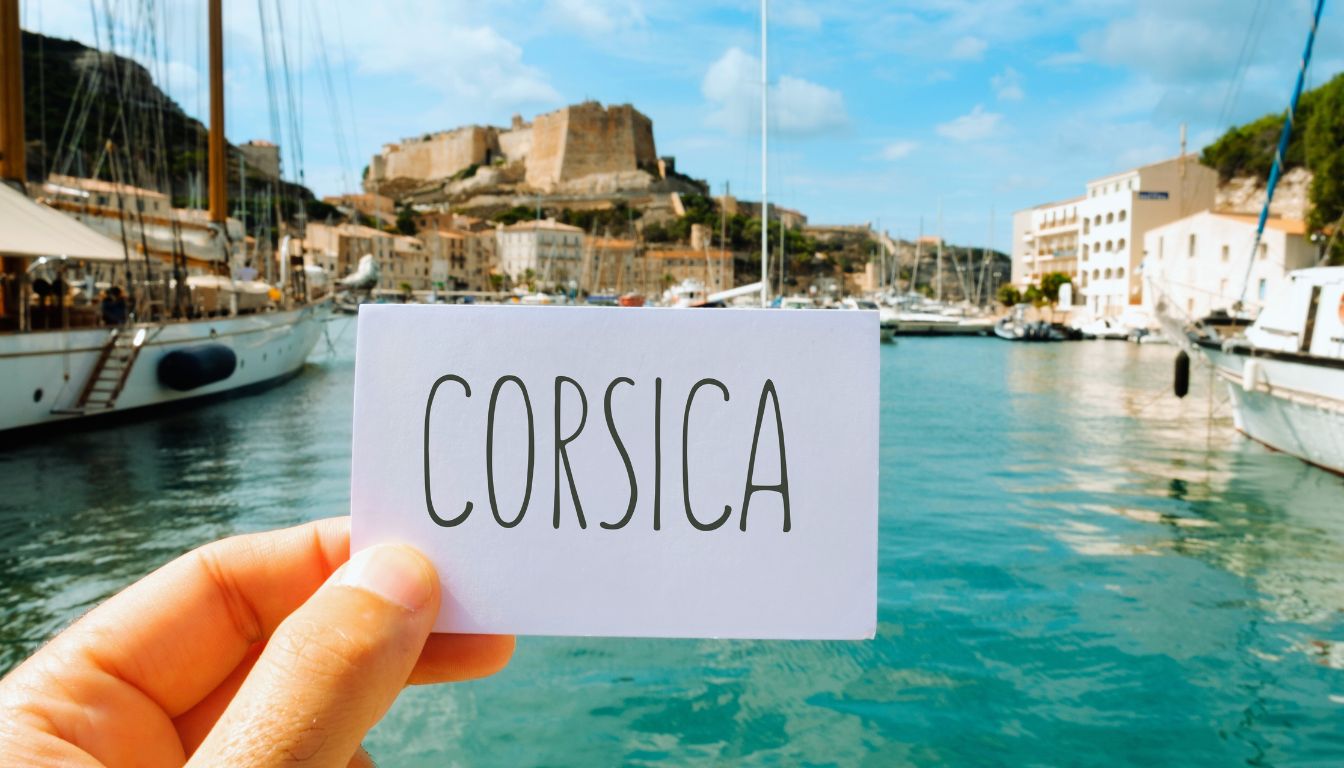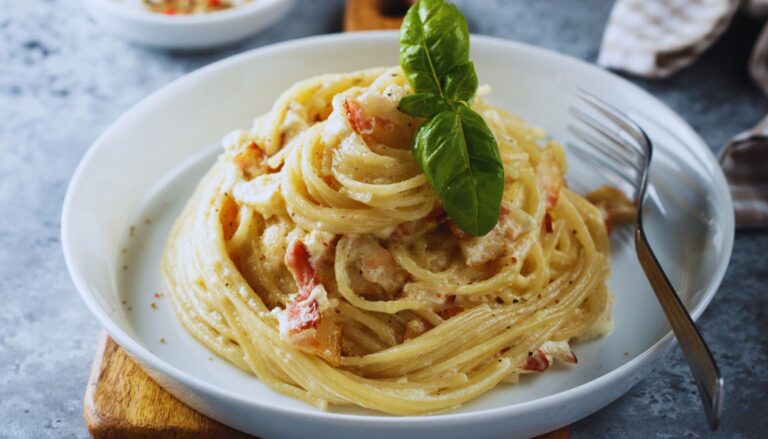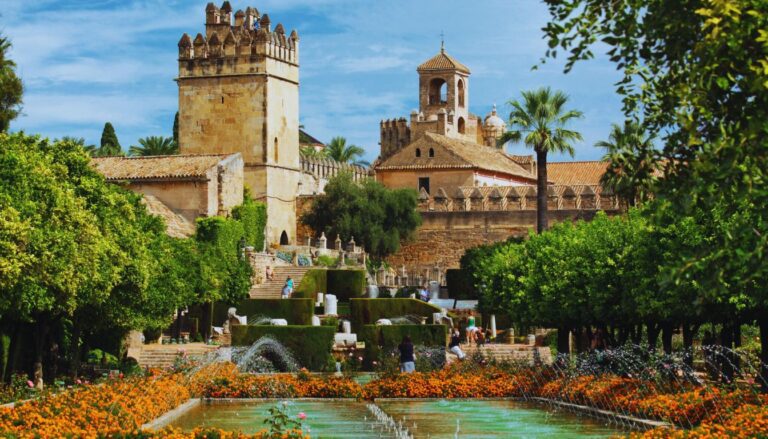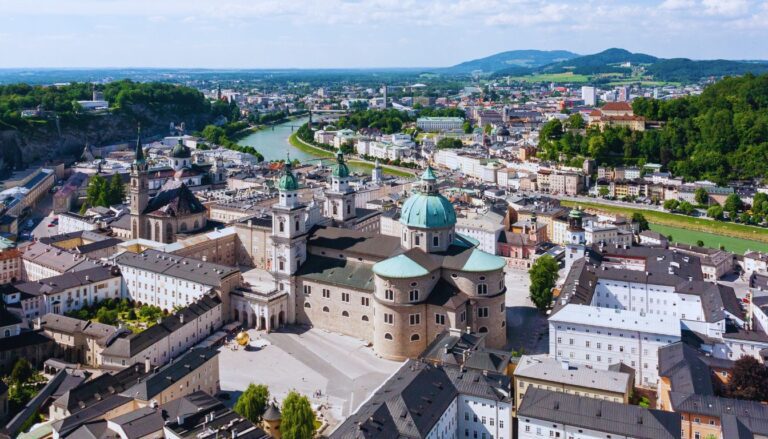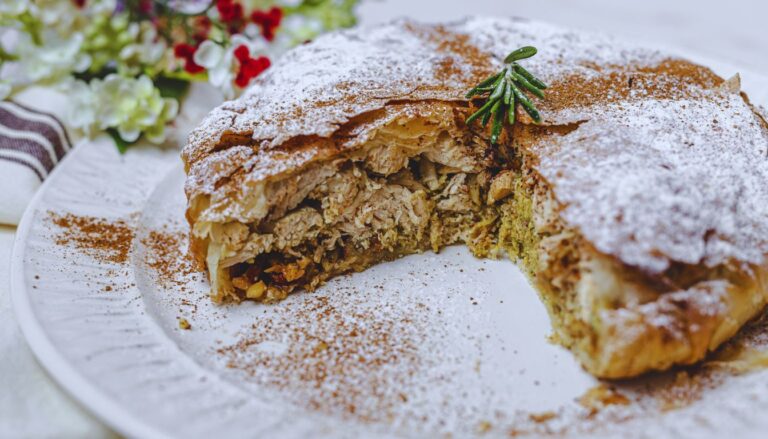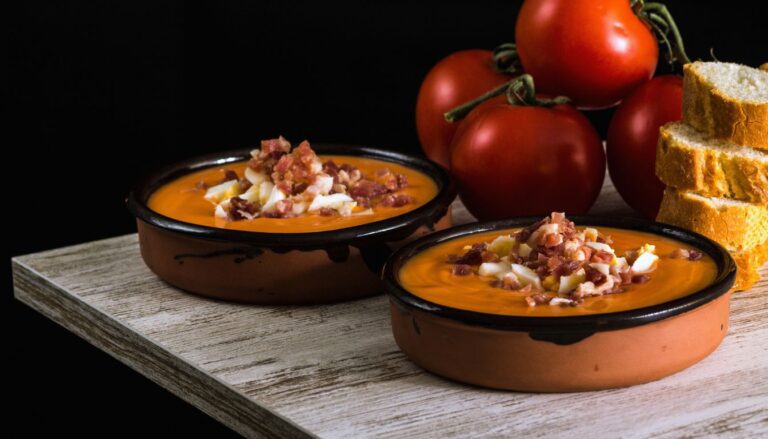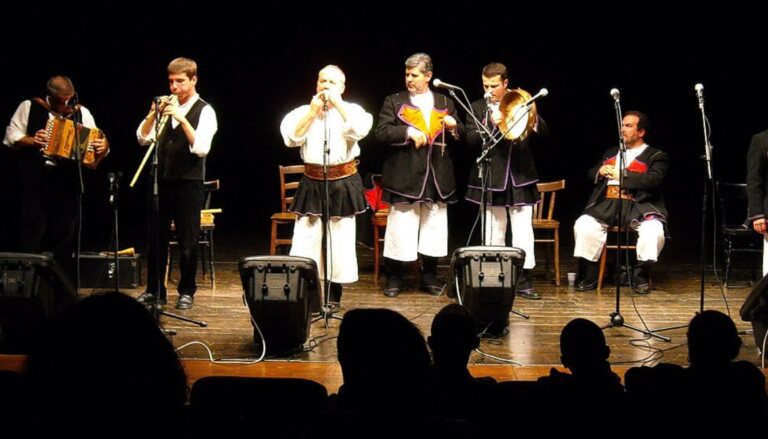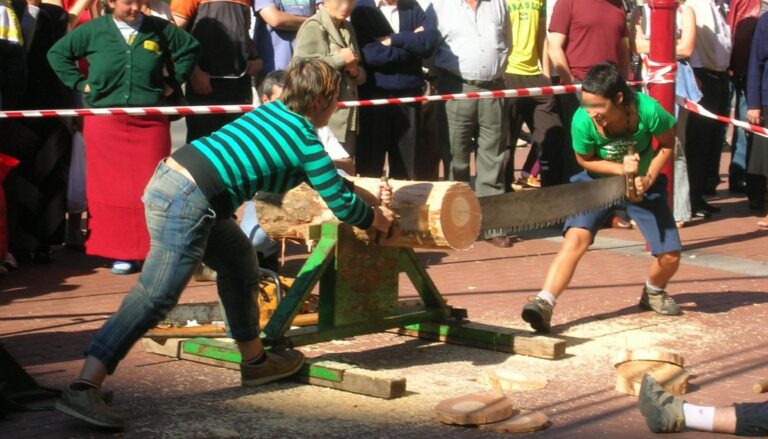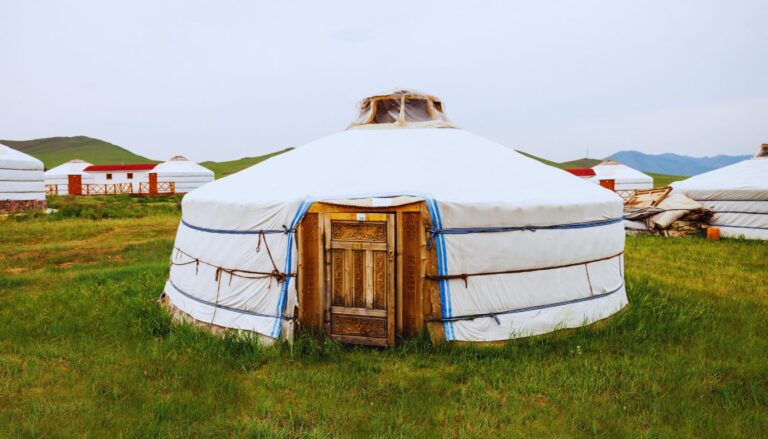Nestled in the heart of the Mediterranean Sea lies the island of Corsica, home to a unique language that bridges the gap between French and Italian. The Corsican language, or “Corsu” as it’s known to its speakers, is a fascinating linguistic treasure that reflects the island’s rich history and cultural heritage.
Corsican is a Romance language, which means it’s part of the same family as French, Italian, Spanish, and Portuguese. However, Corsican has its own distinct flavor, blending influences from various Mediterranean cultures to create a language that’s truly one-of-a-kind.
In this article, we’ll explore the Corsican language, its history, its relationship to French and Italian, and its role in modern Corsican society. We’ll also look at efforts to preserve this unique linguistic heritage and what the future might hold for Corsu.
Table of Contents
Historical Background of Corsican
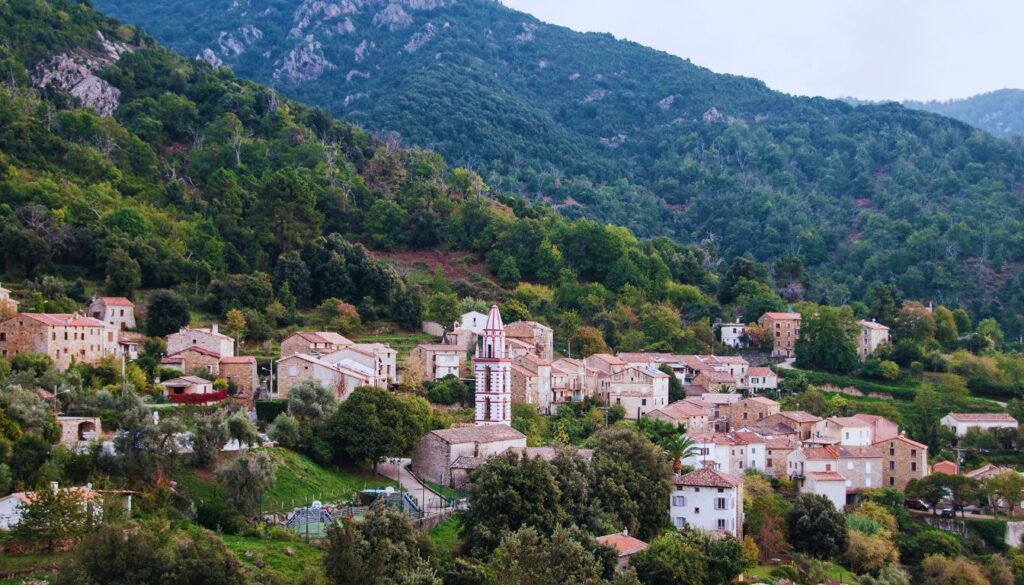
The story of the Corsican language is as complex and colorful as the island’s history itself. Corsica, strategically located in the Mediterranean, has been influenced by various civilizations throughout the centuries.
The roots of Corsican can be traced back to the Latin spoken by Roman settlers who arrived on the island around 259 BCE. Over time, this Latin evolved, influenced by the languages of various invaders and rulers, including the Vandals, Byzantines, and Pisans.
In the 11th century, Corsica came under the influence of the Republic of Pisa, which left a significant mark on the developing Corsican language. Later, in the 14th century, Corsica fell under Genoese rule, which lasted for about four centuries. This period saw the Corsican language develop many of its distinctive features, particularly its similarities to Italian.
The island briefly gained independence in 1755 under Pasquale Paoli, who made Corsican the official language. However, this was short-lived, as France acquired Corsica in 1768. Despite French becoming the official language, Corsican continued to be widely spoken among the islanders.
This historical backdrop explains why Corsican shares similarities with both Italian and French, while maintaining its unique identity.
Linguistic Features of Corsican
Corsican is a language that fascinates linguists due to its unique features and position between French and Italian. Here are some key characteristics of the Corsican language:
- Phonology: Corsican has a rich sound system, including some sounds not found in standard Italian or French. For example, the ‘gh’ sound, similar to the ‘ch’ in Scottish “loch,” is common in Corsican.
- Vocabulary: Much of Corsican vocabulary is similar to Italian, particularly Tuscan dialects. However, it also includes words from French, as well as unique terms developed on the island.
- Grammar: Corsican grammar is generally similar to Italian, but with some unique features. For instance, Corsican uses the auxiliary verb “esse” (to be) more frequently than Italian in compound tenses.
- Dialects: Like many languages, Corsican has several dialects. The two main varieties are Cismontane (spoken in the north) and Ultramontane (spoken in the south).
- Writing System: Corsican uses the Latin alphabet, similar to French and Italian. However, its orthography is not fully standardized, reflecting its primarily oral tradition.
Understanding these linguistic features helps to appreciate Corsican’s position as a bridge between French and Italian, while recognizing its unique identity.
Corsican vs. Italian: Similarities and Differences
Given Corsica’s long history of Italian influence, it’s not surprising that Corsican shares many similarities with Italian. However, there are also notable differences. Let’s explore some of these:
Similarities:
- Vocabulary: A significant portion of Corsican words are similar or identical to Italian, especially Tuscan dialects.
- Grammar Structure: Both languages follow similar grammatical rules, such as verb conjugations and gender agreement.
- Pronunciation: Many sounds in Corsican are similar to those in Italian.
Differences:
- Unique Words: Corsican has developed its own vocabulary for certain concepts, which differ from Italian.
- Phonology: Corsican includes sounds not present in standard Italian, such as the aforementioned ‘gh’ sound.
- French Influence: Unlike Italian, Corsican has borrowed words and some grammatical structures from French.
Here’s a small comparison to illustrate:
| English | Corsican | Italian |
|---|---|---|
| Hello | Bonghjornu | Buongiorno |
| Thank you | Grazia | Grazie |
| How are you? | Cumu và? | Come stai? |
While a speaker of Italian might recognize many words in Corsican, they would likely struggle to fully understand or speak the language without study.
Corsican vs. French: A Comparative Look
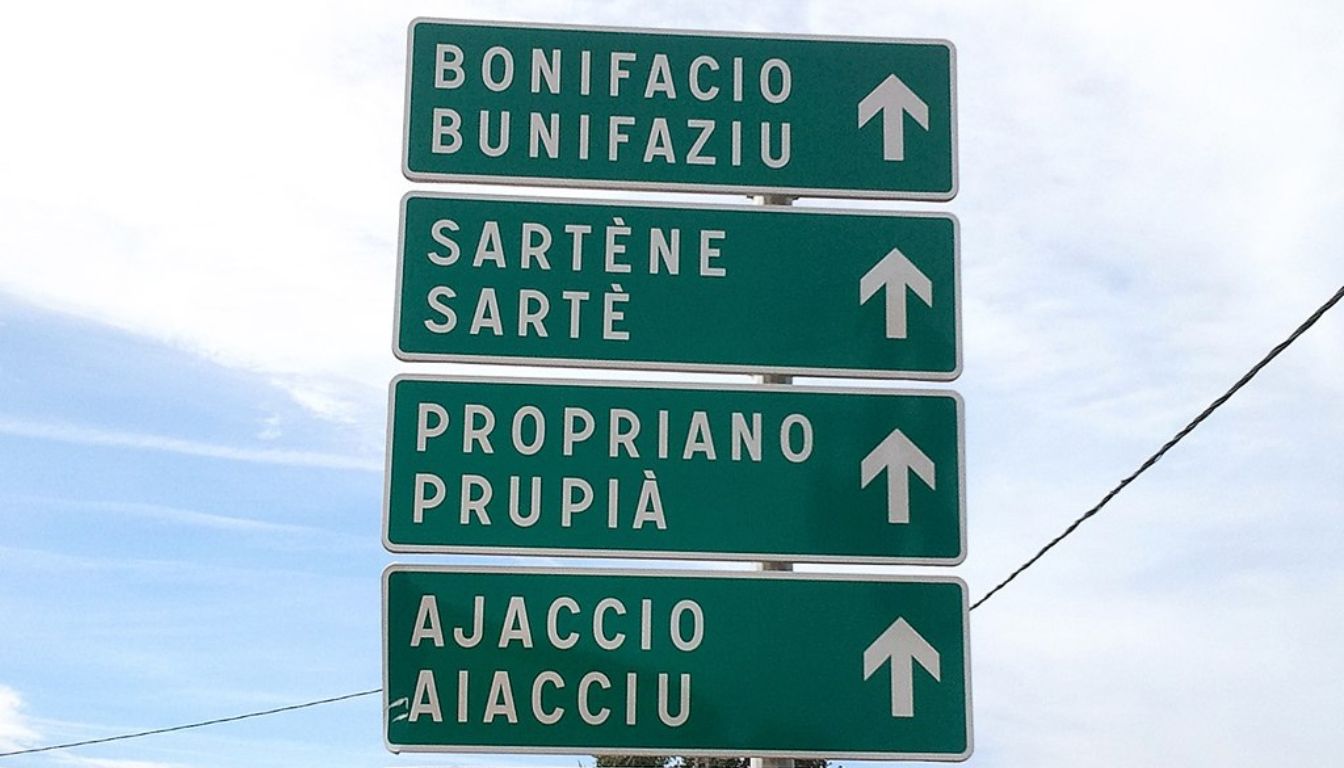
While Corsican is more closely related to Italian, its relationship with French is also significant, given Corsica’s status as a French territory. Let’s examine how Corsican compares to French:
Similarities:
- Alphabet: Both languages use the Latin alphabet.
- Some Shared Vocabulary: Due to French influence, Corsican has adopted some French words.
- Official Status: Both languages have official status in Corsica, though French is more widely used in formal settings.
Differences:
- Language Family: While both are Romance languages, Corsican is more closely related to Italian than to French.
- Pronunciation: Corsican phonology is quite different from French, with sounds more similar to Italian.
- Grammar: Corsican grammar is more similar to Italian than French.
Here’s a brief comparison:
| English | Corsican | French |
|---|---|---|
| Good evening | Bona sera | Bonsoir |
| Goodbye | Avvedeci | Au revoir |
| Yes | Iè | Oui |
While French has influenced Corsican, particularly in recent times, the two languages remain distinct. A French speaker would likely find Corsican challenging to understand without prior study.
The Role of Corsican in Modern Corsica
In today’s Corsica, the role of the Corsican language is complex and evolving. While French is the official language used in government, education, and most formal settings, Corsican continues to play a significant role in the island’s cultural identity.
- Daily Life: Many Corsicans, especially in rural areas, still use Corsican in their daily lives, particularly among family and friends.
- Cultural Events: Corsican is often used in traditional music, festivals, and other cultural events, helping to maintain its connection to Corsican identity.
- Media: There are radio stations and some TV programs in Corsican, although they are limited compared to French-language media.
- Education: Corsican is taught in schools as a second language, though it’s not the primary language of instruction.
- Public Signage: Many road signs and some official buildings in Corsica are labeled in both French and Corsican.
Despite these areas of use, the Corsican language faces challenges. The number of fluent speakers has been declining, particularly among younger generations. This has led to increased efforts to preserve and revitalize the language.
Efforts to Preserve and Revitalize Corsican
Recognizing the importance of Corsican to the island’s cultural heritage, various efforts have been made to preserve and revitalize the language:
- Education Initiatives: Corsican is now taught in schools across the island, from primary level through university. Bilingual education programs have been introduced in some schools.
- Cultural Programs: Cultural organizations promote Corsican through music festivals, literature competitions, and other events that celebrate the language.
- Media Support: There are efforts to increase Corsican-language content in local media, including radio programs and online platforms.
- Language Planning: Linguists and language advocates are working on standardizing Corsican orthography and developing modern terminology to keep the language relevant.
- Legal Recognition: In 2013, the Corsican Assembly declared Corsican as an official language alongside French, although this decision is not recognized by the French state.
- Community Initiatives: Local communities organize language exchange programs and conversation groups to encourage the use of Corsican in everyday life.
These efforts face challenges, including the dominance of French in official contexts and the economic pressures that often lead young Corsicans to prioritize more widely spoken languages. However, they represent a growing awareness of the importance of preserving this unique linguistic heritage.
Learning Corsican: Resources and Challenges
For those interested in learning Corsican, whether for personal interest, academic study, or to connect with Corsican heritage, there are both resources available and challenges to overcome:
Resources:
- Language Courses: Some universities in Corsica offer Corsican language courses.
- Online Platforms: Websites and apps like Memrise and Duolingo have started offering Corsican lessons.
- Books and Dictionaries: There are Corsican language textbooks and Corsican-French dictionaries available.
- Cultural Immersion: Visiting Corsica and engaging with local communities can provide valuable language practice.
Challenges:
- Limited Materials: Compared to more widely spoken languages, learning resources for Corsican are relatively scarce.
- Dialectal Variations: The existence of different dialects can complicate the learning process.
- Limited Practice Opportunities: Outside of Corsica, finding conversation partners can be difficult.
- Lack of Standardization: The absence of a fully standardized written form can be challenging for learners.
Despite these challenges, learning Corsican can be a rewarding experience, offering insights into a unique culture and linguistic tradition.
Corsican Literature and Cultural Expression
Corsican language has a rich tradition of literature and cultural expression, reflecting the island’s unique identity:
- Oral Tradition: Corsican has a strong oral tradition, including storytelling, proverbs, and traditional songs known as “paghjelle.”
- Poetry: Corsican poetry has a long history, with poets like Ghjacumu Thiers and Rinatu Coti gaining recognition beyond the island.
- Novels: While less common than poetry, there are Corsican-language novels, such as “Prighjuneri” by Ghjacumu Fusina.
- Theatre: Corsican-language plays are performed, often addressing themes of island life and identity.
- Music: Contemporary Corsican musicians, like the group I Muvrini, often incorporate Corsican lyrics into their songs, helping to popularize the language.
- Film: While rare, there have been films produced in Corsican, such as “U Cimbronu” (The Earthquake) by Dominique Lanzalavi.
These cultural expressions play a crucial role in maintaining the vitality of the Corsican language and passing it on to new generations.
The Future of the Corsican Language
The future of the Corsican language is a topic of much discussion and concern. While facing challenges, there are also reasons for optimism:
Challenges:
- Declining Speaker Numbers: The number of fluent Corsican speakers has been decreasing, especially among younger generations.
- Dominance of French: As the official language, French dominates in education, government, and business.
- Globalization: The pressure to learn more widely spoken languages for economic opportunities can overshadow Corsican.
Positive Signs:
- Increased Awareness: There’s growing recognition of the importance of preserving linguistic diversity.
- Educational Initiatives: The inclusion of Corsican in school curricula is helping to expose more young people to the language.
- Cultural Pride: Many Corsicans see their language as an important part of their identity, which motivates preservation efforts.
- Digital Presence: The internet provides new platforms for Corsican language content and learning resources.
The future of Corsican will largely depend on continued efforts to promote its use, both in everyday life and in cultural expressions. While it may never regain the prominence it once had, there’s hope that Corsican can continue to thrive as a living language, connecting Corsicans to their heritage and unique identity.
Corsican’s Influence on Mediterranean Culture
While Corsican is primarily spoken on the island of Corsica, its influence extends beyond the island’s shores, contributing to the rich tapestry of Mediterranean culture:
- Cultural Exchange: Corsican music, literature, and traditions have influenced and been influenced by other Mediterranean cultures.
- Linguistic Studies: Corsican provides valuable insights for linguists studying the evolution of Romance languages in the Mediterranean region.
- Tourism: The unique Corsican language and culture attract tourists interested in experiencing diverse European heritage.
- Diaspora Communities: Corsican communities in mainland France and other countries help spread awareness of the language and culture.
- Academic Interest: Corsican is studied in universities worldwide as part of Romance language and Mediterranean studies programs.
By maintaining its distinct identity while engaging with broader Mediterranean culture, Corsican continues to play a unique role in the cultural landscape of the region.
Conclusion
The Corsican language stands as a fascinating linguistic bridge in the Mediterranean, blending influences from French and Italian while maintaining its unique identity. Its history reflects the complex past of Corsica itself, shaped by various ruling powers yet retaining a distinct character.
Despite facing challenges in the modern era, including declining speaker numbers and the dominance of French, Corsican continues to play a vital role in Corsican culture and identity. Efforts to preserve and revitalize the language, from educational initiatives to cultural programs, offer hope for its future.
Learning Corsican opens a window into a rich cultural heritage, from its oral traditions and literature to its music and contemporary cultural expressions. While the future of Corsican remains uncertain, its persistence as a living language is a testament to the enduring spirit of Corsican identity.
As we look to the future, the fate of Corsican will depend on the continued efforts of its speakers, educators, and cultural advocates. In an increasingly globalized world, preserving linguistic diversity is more important than ever. The story of Corsican reminds us of the value of maintaining unique cultural voices, even as we build bridges between different languages and cultures.
Whether you’re a language enthusiast, a student of Mediterranean cultures, or simply curious about the world’s linguistic diversity, the Corsican language offers a fascinating subject of study and appreciation. It stands as a reminder of the rich tapestry of human expression and the enduring power of language to connect us to our heritage and to each other.
